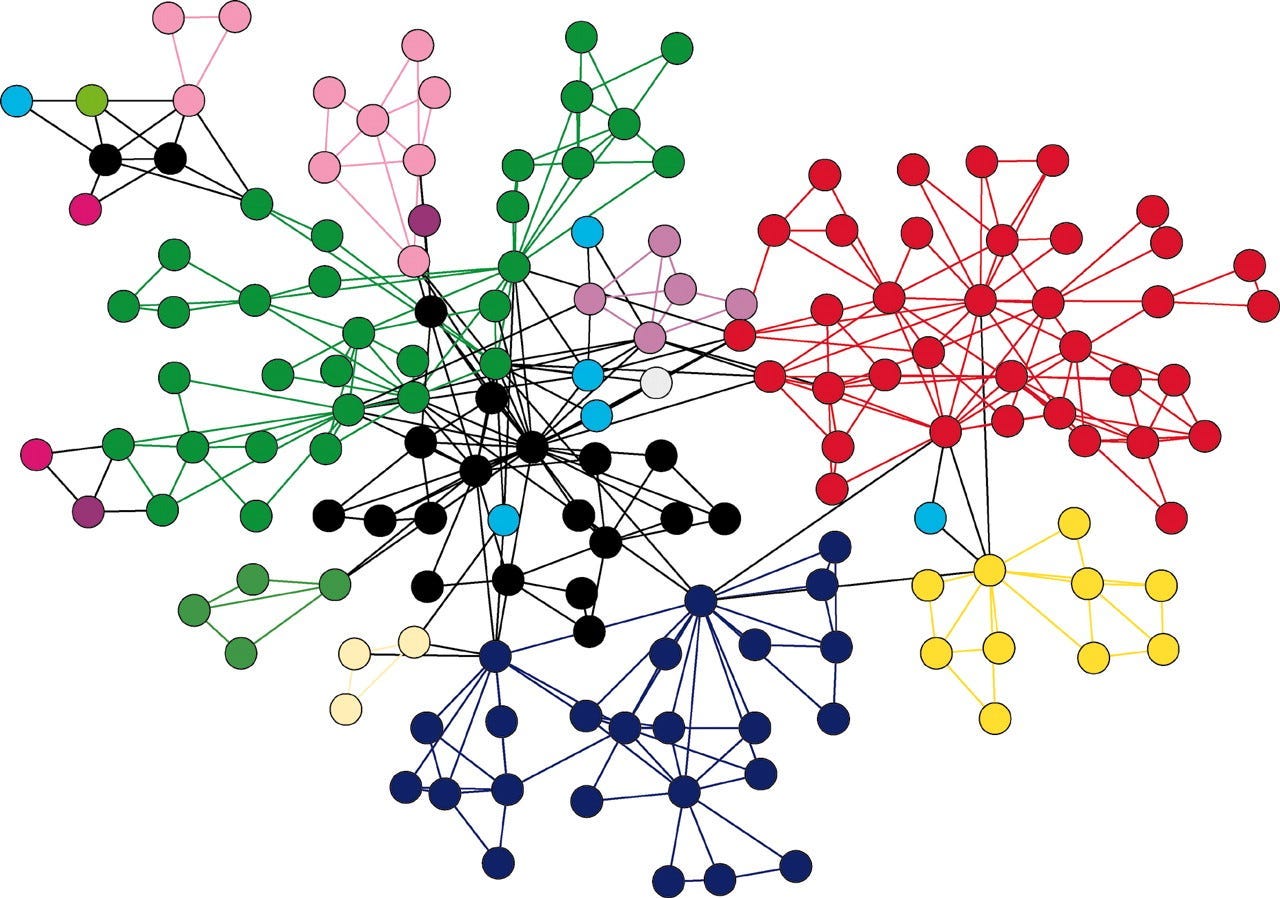Graph in Data Structure

In computer science, a graph is a non-linear data structure consisting of a collection of nodes (vertices) and edges that connect pairs of nodes. Graphs are used to represent relationships between entities, with nodes representing entities (such as people, cities, or web pages) and edges representing connections or relationships between them.
Here are the key components of a graph:
Nodes (Vertices): Nodes are the fundamental building blocks of a graph and represent entities or objects. Each node can have a unique identifier and may contain additional information (attributes, properties, or data).
Edges: Edges are the connections or relationships between nodes in a graph. An edge between two nodes indicates a relationship or interaction between the corresponding entities. Edges may be directed (with a specific direction) or undirected (without a specific direction).
Weight: Some graphs may assign a weight or cost to each edge, representing the strength of the relationship or the cost of traversing the edge. Weighted edges are common in applications such as network routing, where different routes may have different costs.
Graph Types:
Graphs are used in various applications, including:
Graphs offer a flexible and powerful way to model complex relationships and are widely used in computer science, data analysis, and network theory. Various algorithms and techniques have been developed to analyze and manipulate graphs efficiently, such as breadth-first search (BFS), depth-first search (DFS), shortest path algorithms (e.g., Dijkstra's algorithm), and minimum spanning tree algorithms (e.g., Prim's and Kruskal's algorithms).
Thank you,